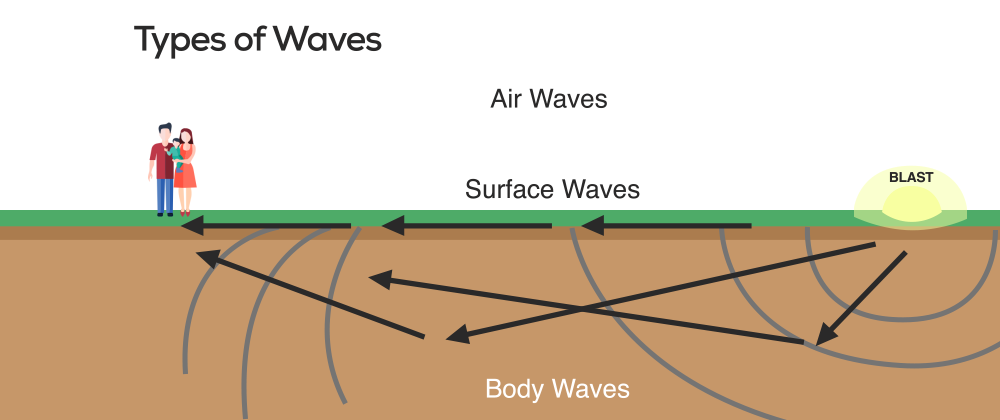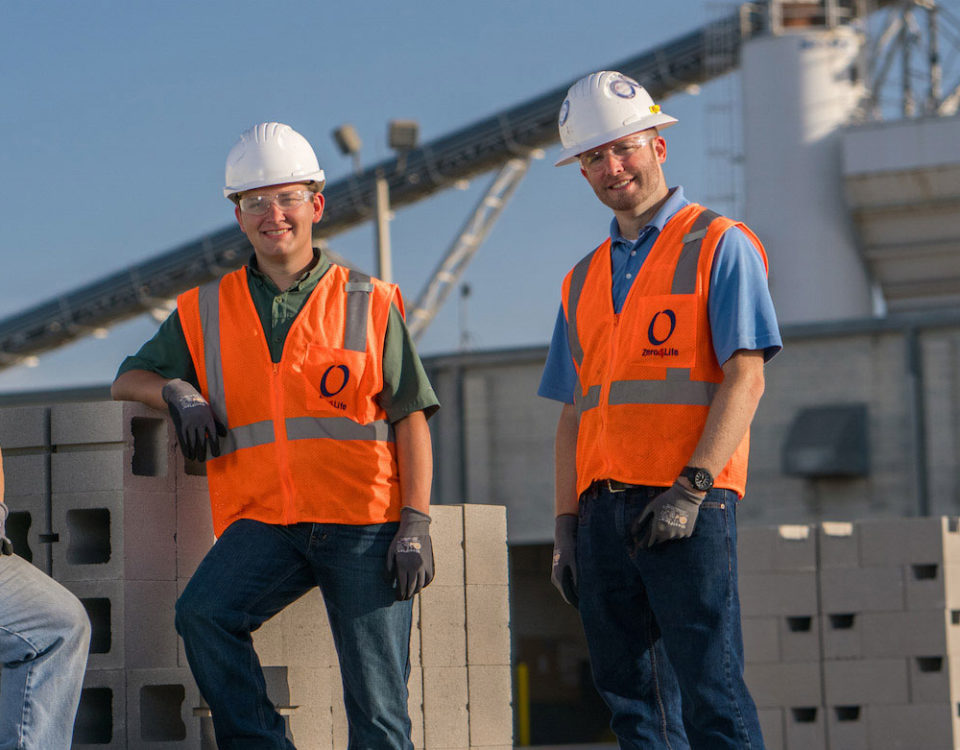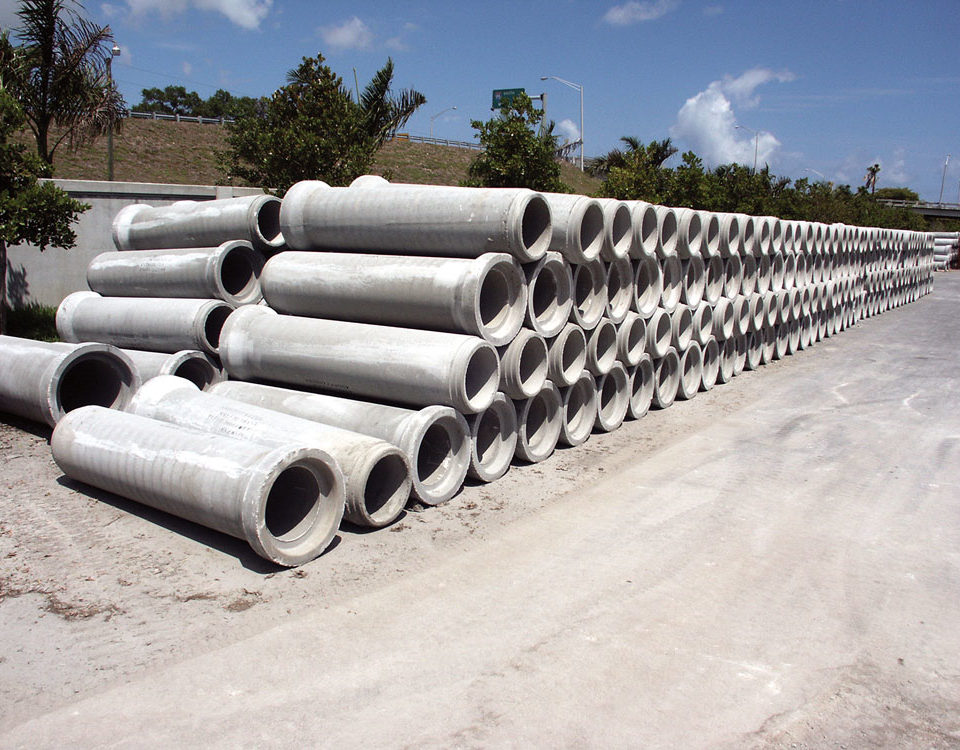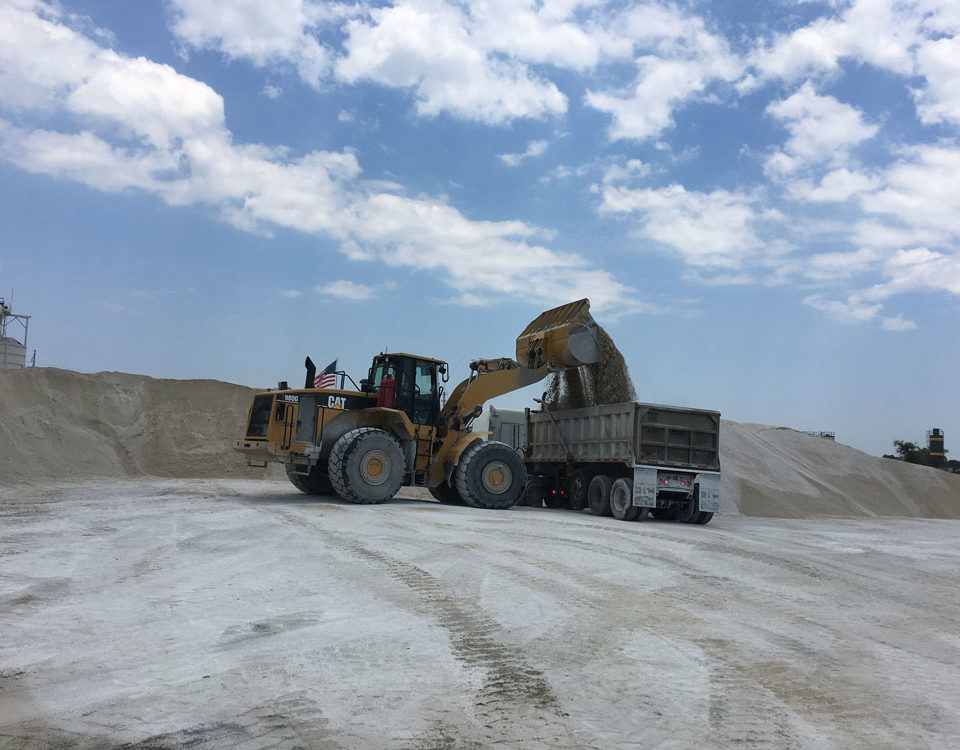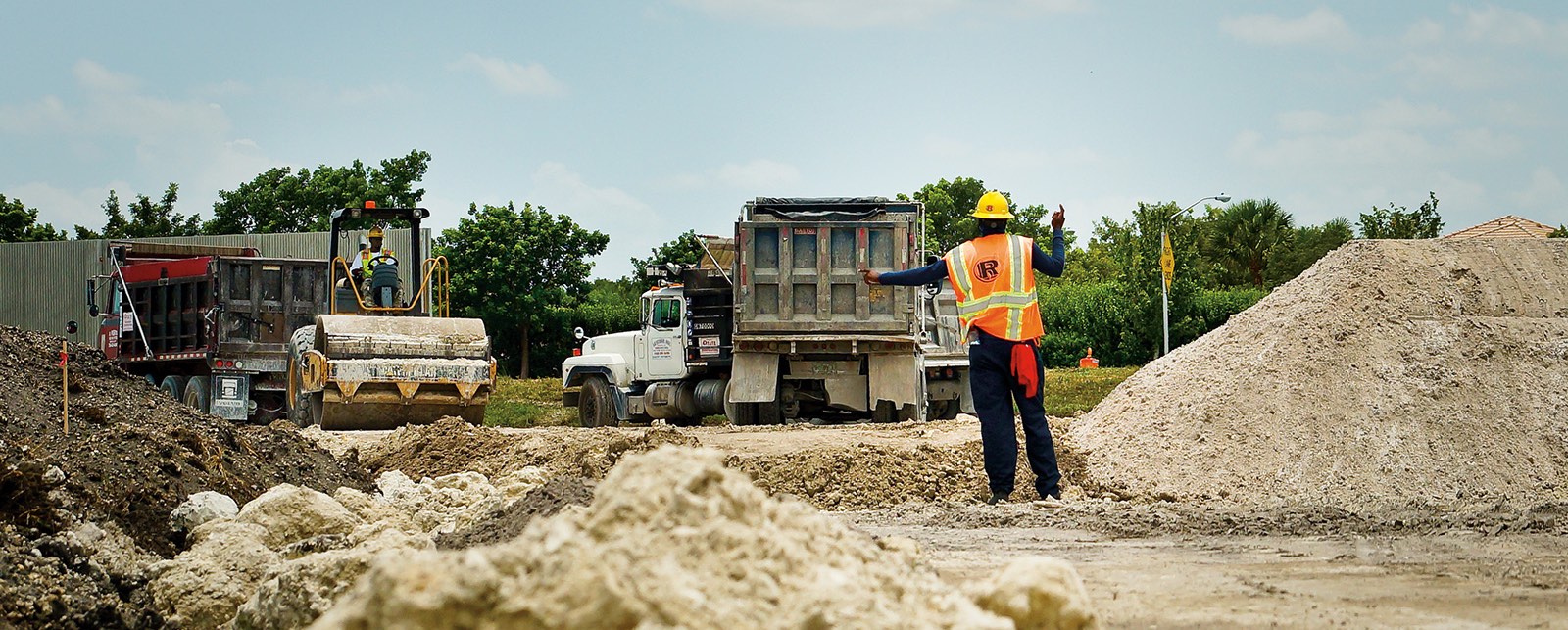
Did you know? Quarry Workers are Essential to Miami-Dade County.
October 28, 2022
Miami-Dade’s Limestone Products Industry Makes Historic South Florida Wetlands Restoration Possible
July 19, 2023What is Blasting (And is it Safe)?
In short, yes! To understand ‘blasting’ and why it’s so important, you’ll need a little background. Limestone products are an essential part of everyday life. In South Florida (and across the globe), products made with limestone hide in plain sight. Critical infrastructure like roads, bridges, hospitals and even our homes depend on a local supply of it. Put simply, limestone and other aggregate materials enable modern life.
However, limestone rock needs to be made small and loose enough to be removed and processed. Highly-trained operators dig small, precise holes in the rock, which are then filled with blasting material. Using sophisticated technology, a highly-coordinated detonation follows, producing energy that travels through the rock and causes it to break, allowing for extraction.
What about vibrations?
Vibrations are normal and multiple independent studies (conducted at the local, state and federal levels) prove that blasting vibrations do not harm nearby structures. Blasts are also heavily regulated by the government. The State Fire Marshal enforces standards based on independent scientific studies to ensure all vibrations are within normal limits, and independent seismologists verify compliance.
Human beings can sense vibrations as low as .02 inches per second, which is why we sometimes feel the ground shake when trains come by or when fireworks are launched into the sky.
- Blasting vibrations are at similar low levels, too. In fact, homes generally experience more vibration when nails are hammered or in 20 mph winds than from nearby limestone operations.
So, what about sound? No structural damage occurs below 180 dB. Nearby operators safely produce a blast between 110-120 dB, while everyday activities can create much higher decibel readings.
Why are limestone operations necessary?
Limestone in Miami-Dade County contains the highest quality limestone in Florida and provides more than half of Florida’s DOT-grade material, often used in roads, bridges, dams, culverts, canals and other critical infrastructure. Without blasting, limestone operations would cease. This would cause construction (and key infrastructure maintenance) to come to a halt, prices to skyrocket and tens of thousands of good jobs to be lost.
To learn more about limestone operations, visit our virtual science center at https://mdlpa.org/science-center/

